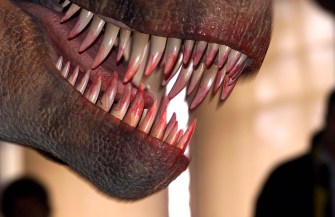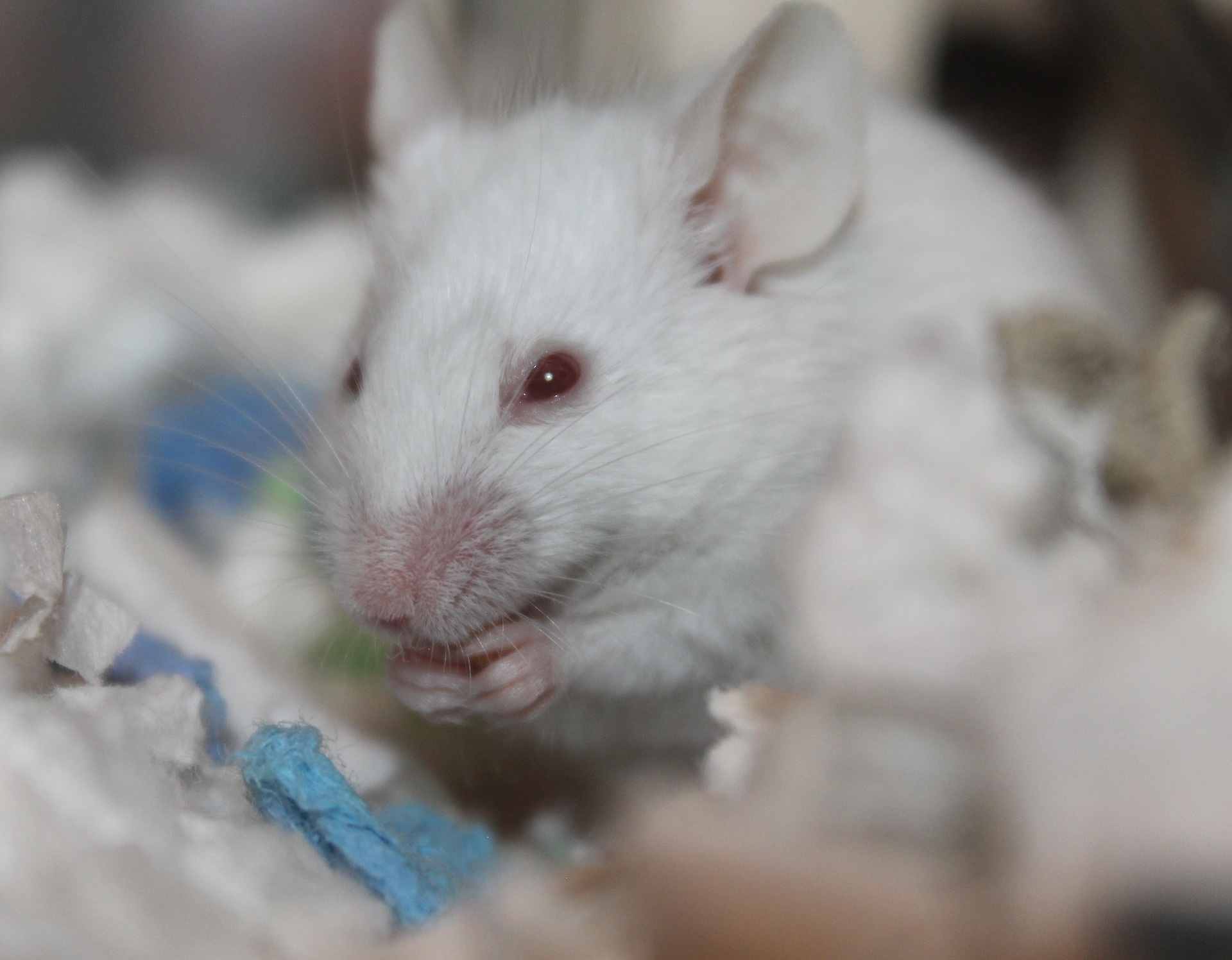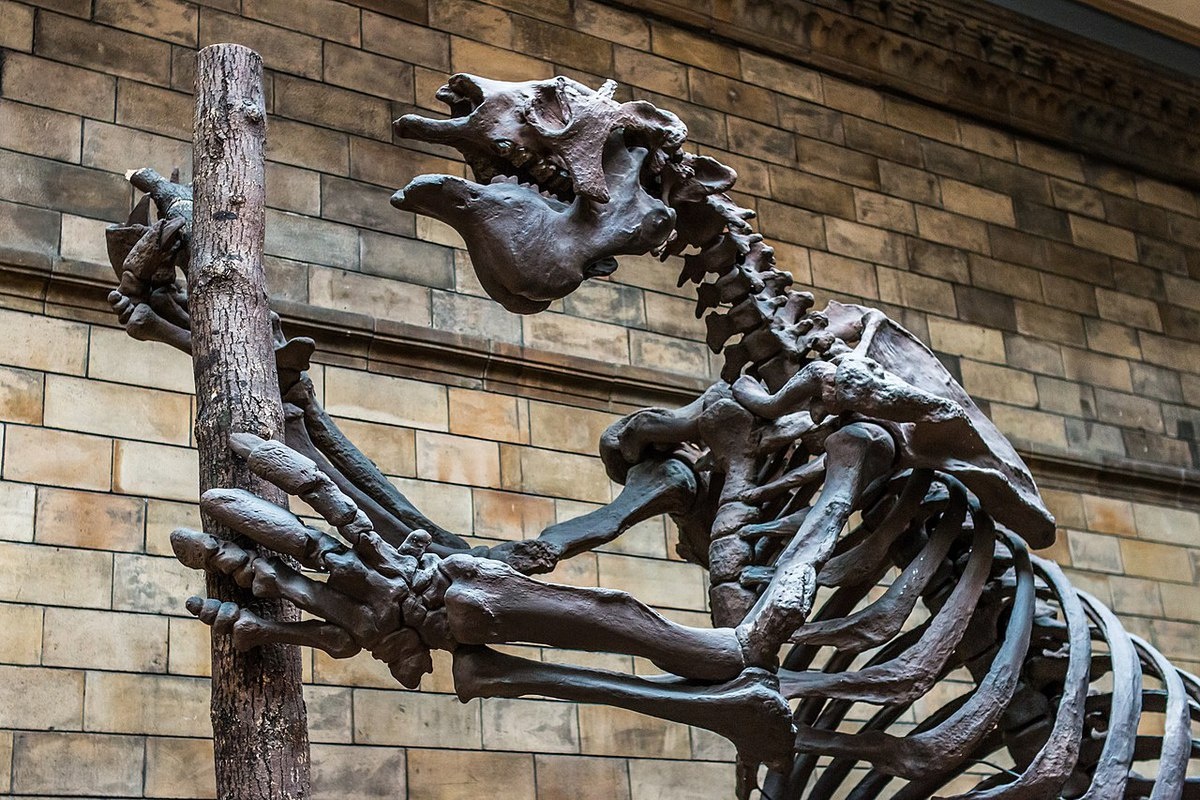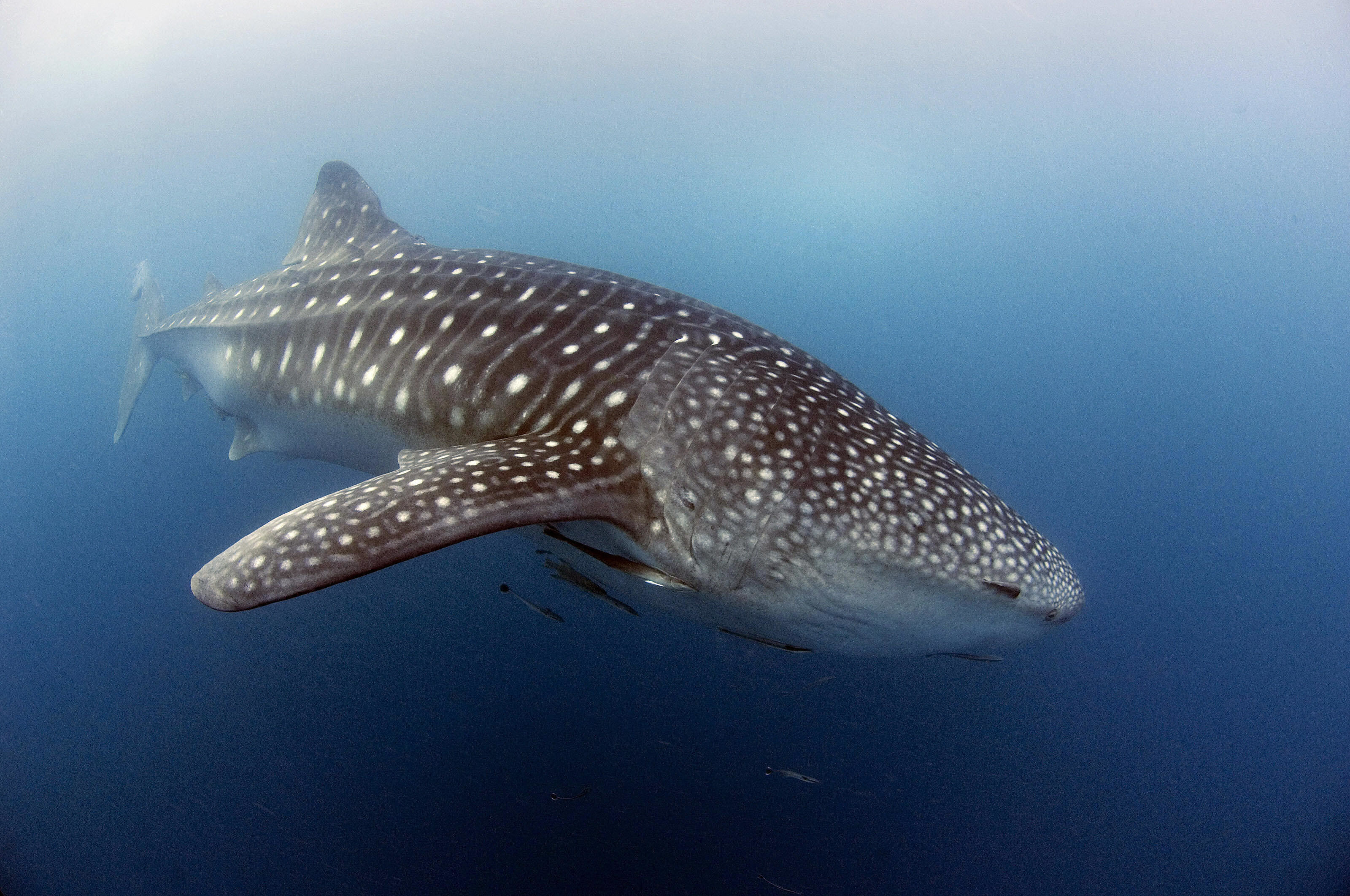How strong was a T. rex’s bite, anyway? Science has an answer.

Who can forget the nail-biting scene in Jurassic Park when an escaped T-Rex, in the middle of a thunderstorm, proceeds to turn over and tear apart a Range Rover with two children trapped inside? Movie magic and real science don’t often intersect. So, is this what would really happen, or is Hollywood just ramping up the drama? And how strong was a T. rex’s bite anyway? Scientists now know. And the truth is, this terrifying predator retains its reputation. The jaw strength of a T-Rex contained nearly 8,000lbs (3,629kg) of force.
Gregory M. Erickson is a paleobiologist from Florida State University, who began his bizarre journey by becoming vastly curious about how many pounds of pressure the jaws of a T-Rex might exert. He teamed up with Paul M. Gignac, a paleobiologist at Oklahoma State University. Their findings, published in the journal Scientific Reports, conclude that its gnashing jaws would tear through everything, even popping bones.
The exact figure they came up with was 7,800lbs (3,538kg) of force, more than double any living species on Earth. “That’s like setting three small cars on top of the jaws of a T. rex,” Erickson told NPR. “That’s basically what was pushing down.” More horrifying still, it chewed up and ate the bones of its prey. This act, known as extreme osteophagy, is practiced by few animals today. No living reptiles do it. It has been observed in just a few mammals, notably hyenas and wolves.

Wolves practice extreme osteophagy or the eating of bones. No modern reptiles do. Getty Images.
As if the towering monster’s banana-sized teeth weren’t enough! How do we know it ate bone? Triceratops fossils and others have been found with T. rex bite marks in them. Also, their droppings have been found containing minerals, which could only be derived from digested bones.
To work out what a T. rex was packing in terms of bite strength, Erickson and Gignac looked at modern crocodile bites and their musculature, and the bites of birds. Crocodiles are probably the T-Rex’s closest living relatives, Erickson said. These aren’t your mamby-pamby scientists, mind. They lassoed a 17-foot crocodile and got its bite strength, using something akin to a bathroom scale. Erickson told NPR, “I call it ‘bull-riding’ for scientists.”
Once the information gathering process was complete, they ran the information through computer models to determine the amount of force a T. rex’s bite would’ve delivered. Today, the Australian saltwater crocodile delivers the most powerful bite, 3,700lbs (1,678kg) of force. Though nowhere near the sheer brute strength of the T. rex, it’s still not something you want to tango with. Meanwhile, we humans fire off a measly 200lbs (approx. 91kg) of force per bite.

Researchers caught an Australian saltwater croc and tested its bite strength. Getty Images.
Erickson says jaw pressure doesn’t tell the whole story. Tooth pressure actually plays a huge role in the effectiveness of a bite. The shape of the tooth and how well it delivers pressure to its point will tell whether it punctures hide or bone. Luckily for the T. rex, its serrated teeth were designed to do both with precision. A T. rex’s tooth pressure clocked in at 431,000 lbs per square inch (303,000kg per square meter). “It basically could slice through just about anything in its realm,” Erickson said.
The T. rex could gorge itself on triceratops and duck-billed dinosaurs alike, and the fact that it could metastasize and digest bone gave it an advantage over other predators. Though modern crocs and alligators swallow their food whole, the T. rex chewed its food.
Gignac says that their method of quantifying its bite strength should be accurate and another expert said that it sounds close to reality. Paleontologist Mark Norell, with the American Museum of Natural History, said it was the first such study to employ principles from engineering. He also told the New York Times, that a bite from a T. rex, “would cause bones to basically explode.”

Tooth pressure means more for carnivores than bite force. T-Rex had it in spades. Getty Images.
According to Gignac, though impressive, the T. rex may not have delivered the most powerful bite in all of history. That title would’ve gone to the gigantic Newfoundland crocodile that lived alongside our ancient ancestors. They were 30-40 ft (12m) long. These crocs would have delivered a bite strength of 18,000lbs (8,165kg) of force. That’s over twice what the T. rex delivered.
That aside, the T. rex was still one of the most fearsome predators ever. But unlike Jurassic Park, it might not have roared. In fact, it may have sounded more like a giant pigeon. In another study, published in the journal Evolution, researchers determined that instead of an earthshaking roar, dinosaurs more likely let out coos and hoots much like modern birds do.
By studying the evolution of birds and the patterns they suggest, researchers believe dinosaurs may have used a sound making process called closed-mouth vocalization, often practiced today among owls and doves. Here, sound is emitted through the skin in the neck and pushed out via an esophageal pouch. Dinosaurs may have relied upon closed-mouth vocalization since they were so large. It takes a large body for it to be effective.
So Hollywood sort of got it right, except one would be hooted and cooed at by a T. rex rather than roared at, which doesn’t seem intimidating, at least compared to what’s behind the thundering reptile’s bite. Luckily, sound in the animal kingdom, at least among birds, is usually reserved for defending territory or attracting a mate. So a T. rex, if it got a hold of you, probably wouldn’t have cooed as it chewed you up, devouring you to your very bones. Good to know.
Will we ever resurrect the T. rex like in Jurassic Park? See what Michio Kaku thinks:





